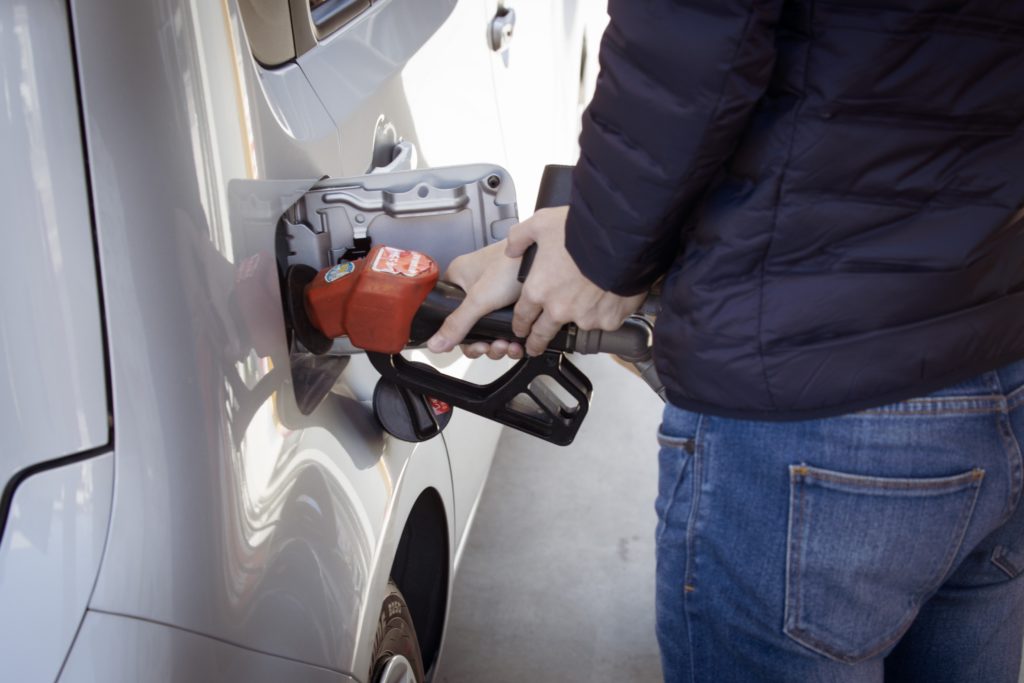Miami is the second most expensive metro market in gas prices in Florida
DORAL, FL – Gas prices in Florida surged once again early last week and Miami is currently the second most expensive metro market. Consumers are now paying $2.91 per gallon.
Florida gas prices rose 15 cents per gallon and the state average is now $2.87 per gallon, which is considered the highest daily average price since June 2018, reported CBS4 Miami.
Miami follows West Palm Beach-Boca Raton with a price of $2.97 per gallon, the most expensive metro market in the region, and is followed by Fort Lauderdale with a price per gallon of $2.90.
Pensacola, Crestview-Fort Walton Beach and Panama City are the least expensive metro markets in Florida. Consumers in Pensacola are paying $2.80 per gallon, while in the other two markets, $2.81.
“Unfortunately, the pain at the pump may get a little worse before it gets better. Gasoline futures and wholesale prices rose another 10 cents late last week. The increase is said to be based on optimism that gasoline demand will continue to grow. It’s possible that increase could cause gas prices to rise again this week, dragging the state average even closer to $3 a gallon,” said Mark Jenkins, spokesman, AAA – The Auto Club Group, as cited by CBS4.
Florida’s average price has increased 67 cents per gallon since starting the year at $2.20. “Although gas prices normally increase in the spring, the price hike is especially pronounced this year, as global crude supplies tighten and domestic refinery issues lead to reduced gasoline supplies,” Jenkins added.
And what are the causes behind the increase? According to the report, the price of crude oil is behind the trend, which increased nearly 40% since January 1.
“Global and domestic supply and demand continues to be the story behind rising prices at the pump,” also said Jenkins.
Rising prices have been influenced by factors such as the fact that OPEC+ and other countries reduced production during the past year. OPEC+ recently announced it will extend production cuts beyond April.
In addition, gasolines supplies dropped 10% in the past two weeks, following the mid-February arctic blast that caused power outages to refineries in Texas and other states, while gasoline demand climbed 20% also in the past two weeks, according to data from the EIA. That figure remains 15% below pre-pandemic levels.
Photo: Unsplash.com

